
Roots
Consider for a moment the profound resonance carried within each strand of textured hair, a living testament to journeys across continents and generations. This journey is intimately linked with the golden balm of Shea Butter, a substance whose presence in hair heritage runs as deep as the roots of the ancient Karité Trees from which it springs. For millennia, this revered butter has offered solace, protection, and beauty to coils, kinks, and waves across the African continent and its diaspora, making it far more than a simple cosmetic ingredient. It serves as a keeper of ancestral wisdom, a tangible connection to practices passed down through time.

Shea’s Elemental Gifts
The shea tree, Vitellaria paradoxa, grows across the Sahelian belt of West and Central Africa, often reaching up to 15 meters in height and living for centuries. Its fruit, resembling a plum, holds a precious nut at its core. From this nut, through a meticulous process typically carried out by women, comes shea butter.
This butter, rich in vitamins A, E, and F, alongside essential fatty acids like oleic and stearic acids, possesses remarkable properties for both skin and hair. These naturally occurring compounds lend shea butter its deeply moisturizing, soothing, and protective qualities, which African communities understood and harnessed long before modern scientific analysis.
Shea butter holds a sacred status, symbolizing fertility, protection, and purity within numerous African communities.

Ancient Bonds with Karité Legacy
The roots of shea butter’s use stretch back through recorded history, possibly even millennia. Ancient caravans across the Sahel carried shea butter in clay pots, prized for personal care, wound treatment, and leather softening during the medieval Mali and Songhai empires. In many West African oral histories, the shea tree carries the name “gift from the gods.” Among communities like the Dagomba and Mamprusi in northern Ghana and southern Burkina Faso, the shea tree is seen as sacred, with traditions sometimes prohibiting its felling.
Some even plant the trees to mark significant family events, such as childbirth. This enduring reverence for the tree underscores its inherent value beyond its physical properties.
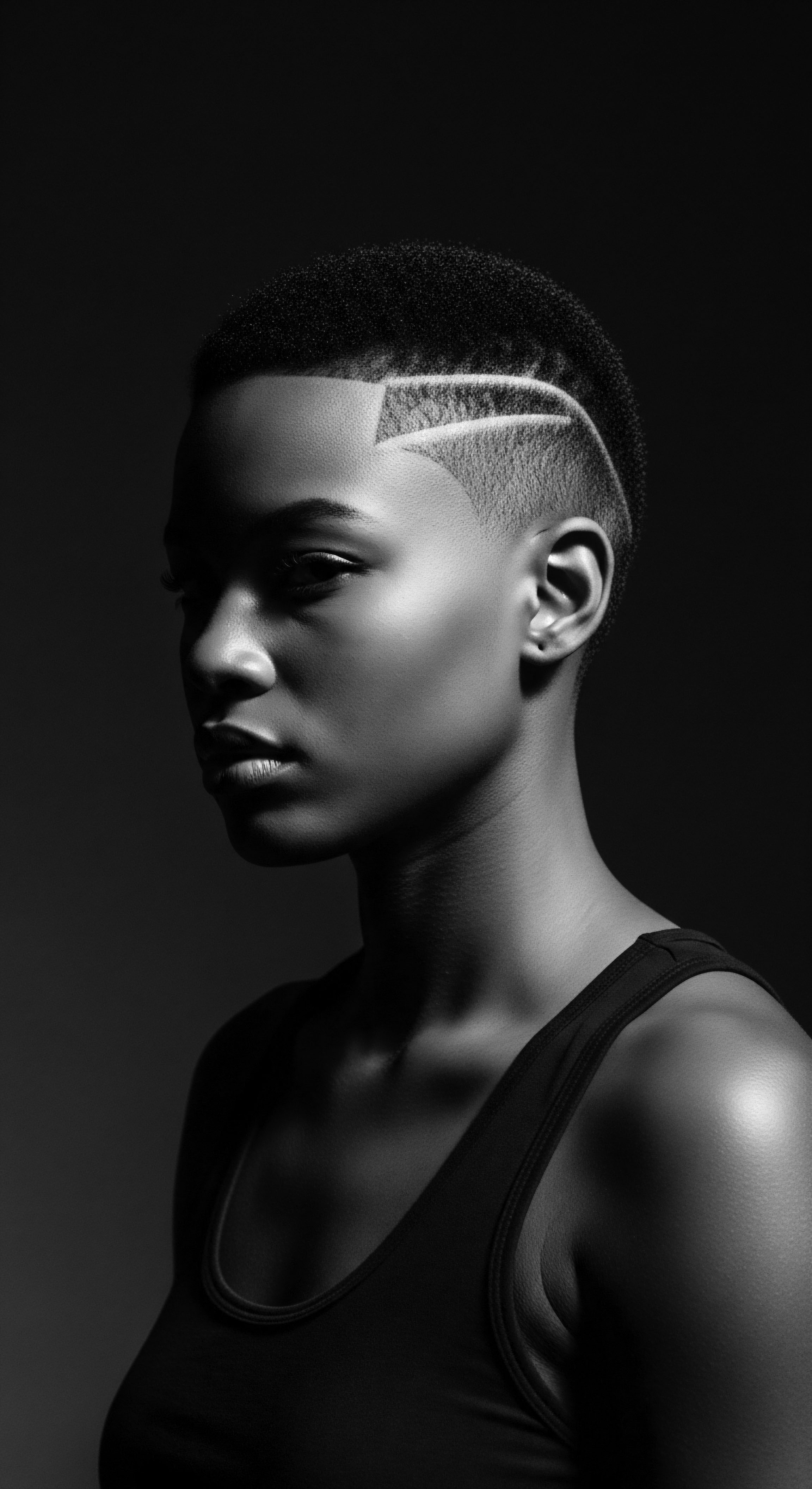
Textured Hair’s Ancestral Needs
Textured hair, with its unique helical structure, presents particular needs for moisture retention and protection. The tight curl patterns often mean that natural oils produced by the scalp have difficulty traveling down the entire hair shaft, leaving the ends more prone to dryness and breakage. Shea butter, with its emollient properties, acts as a protective barrier and a potent hydrator, effectively sealing in moisture.
Ancestral communities, through generations of observation and practice, recognized shea butter as a natural answer to these intrinsic needs. Its ability to soften hair, provide a natural sheen, and protect from harsh environmental elements like sun and wind, solidified its role as a fundamental component of hair care.
Beyond simply conditioning, shea butter served as a practical aid for traditional styling. Its rich consistency made intricate braiding, coiling, and twisting styles more manageable, ensuring the longevity and integrity of these culturally significant forms. This practical utility, combined with its cultural and spiritual resonance, cemented shea butter as a cornerstone of hair heritage.
- Vitellaria Paradoxa ❉ The botanical name for the shea tree, yielding the butter.
- Karité ❉ The common name for the shea tree and its butter in many West African languages, translating to “tree of life.”
- Women’s Gold ❉ A common name for shea butter in West Africa, recognizing its economic value and the role women play in its production.
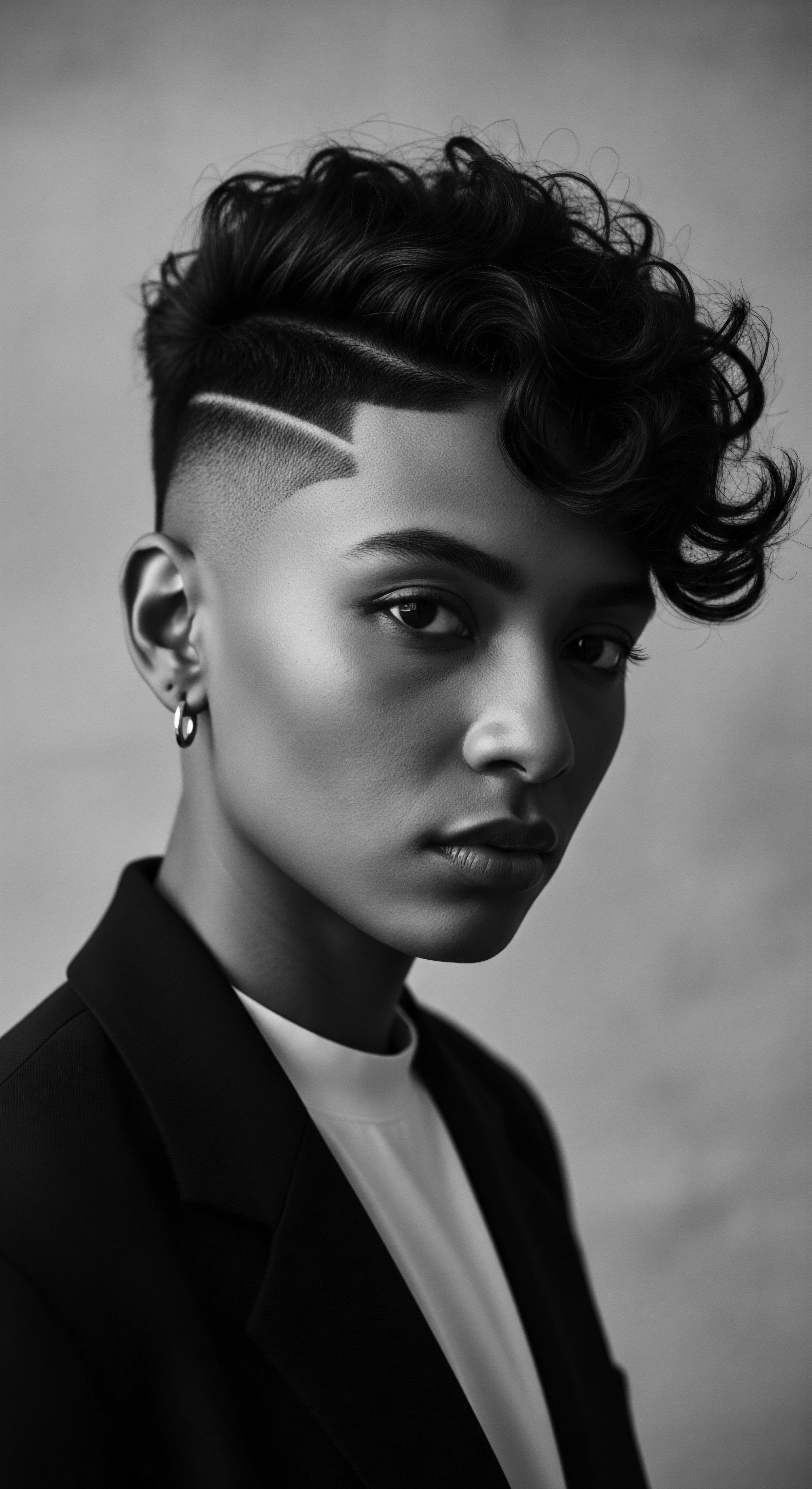
Ritual
The relationship between shea butter and textured hair heritage extends far beyond simple application; it is a story of interwoven rituals, communal bonds, and deeply held cultural values. These practices, passed from elder to youth, transcended mere beauty routines, becoming vital expressions of identity, social status, and spiritual connection. The rhythmic motions of preparing and applying shea butter became a language of care, a tender thread connecting generations.
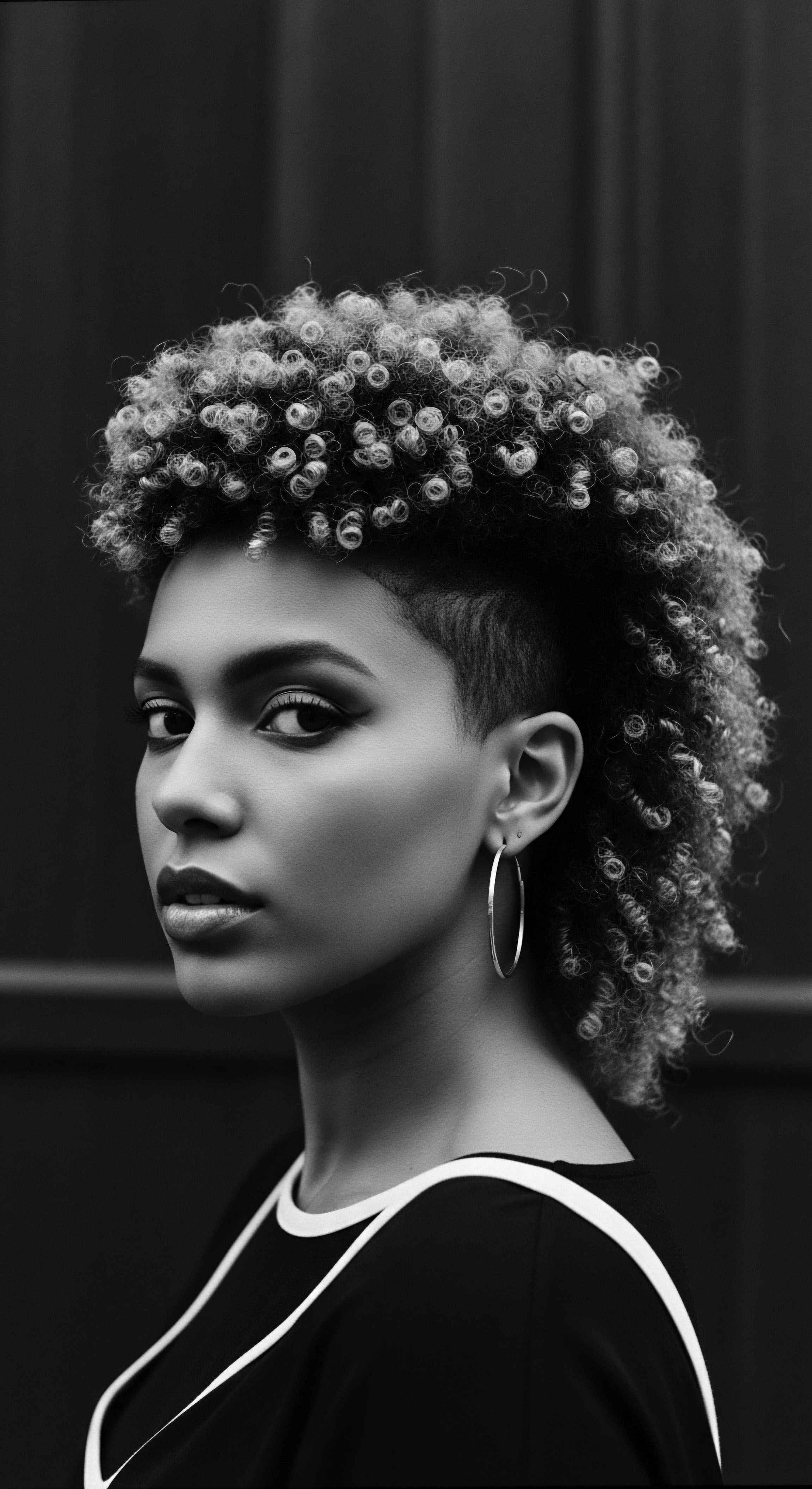
The Tender Touch of Communal Practices
In traditional African societies, hair care was seldom a solitary endeavor. It was, instead, a communal activity, often taking place in gathering spaces where women and children shared stories, wisdom, and laughter. These sessions, particularly braiding circles, became powerful conduits for cultural transmission. The application of shea butter was an integral part of this communal care.
Women would often sing traditional songs or recite proverbs as they worked the butter into coils and strands, infusing the practice with spiritual significance and communal warmth. This collective engagement fostered strong social connections and reinforced cultural identity. The United Nations Development Programme estimates that over 80% of rural African women learn their cultural heritage and values through these braiding sessions, a testament to the profound social role of hair rituals.
Consider the Himba tribe of Southwestern Namibia, whose women traditionally blend ground ochre, goat hair, and butter, including shea butter, to create a protective and symbolic paste for their hair. This practice, known as Otjize, is not only an aesthetic choice but a means of protection from the sun and insects. It symbolizes a deep connection to the land and ancestors, reflecting age, marital status, and life stage through varying styles.
| Application Method Melting and massaging into scalp and strands |
| Cultural Purpose in Hair Heritage Deep conditioning, promoting growth, soothing scalp, enhancing hair health. |
| Application Method Using as a pomade for styling and hold |
| Cultural Purpose in Hair Heritage Facilitating intricate braiding, twisting, and coiling; protecting styles. |
| Application Method Blending with herbs or ochre |
| Cultural Purpose in Hair Heritage Symbolic adornment, spiritual protection, sun defense. |
| Application Method These methods represent generations of inherited knowledge regarding shea butter's role in hair care and cultural expression. |

Hair as a Living Communicator
Hair in many African cultures transcends simple adornment; it is a powerful communicator of personal identity, social standing, age, marital status, and even spiritual beliefs. Shea butter’s consistent use ensured hair remained pliable and healthy enough for the diverse styles that conveyed these messages. In some West African traditions, hair is believed to carry a person’s Spiritual Essence, and specific rituals involving ingredients like shea butter are performed before significant life events such as birth, marriage, or death.
The artistry of ancestral hair practices, often softened by shea butter, served as a non-verbal language of community, status, and spiritual connection.
During the era of the transatlantic slave trade, as Africans were forcibly taken from their homelands, their hair became a crucial, silent tool of resistance and cultural continuity. Though often shaved for sanitary reasons by enslavers, the knowledge of braiding and the use of natural ingredients like shea butter persisted. Enslaved Africans braided seeds into their hair, a method of carrying sustenance and agricultural heritage across vast distances, with shea butter likely helping to maintain the integrity of these hidden ‘maps’. This practice demonstrates an extraordinary resilience and the enduring cultural significance of hair care, even under duress.
The traditional process of preparing shea butter is itself a ritual, a labor-intensive journey typically performed by women. They gather the nuts, dry them, crush and roast them, then grind them into a paste before kneading and boiling the mixture to extract the pure butter. This ancestral method, passed from mother to daughter across hundreds of years, embodies a profound intergenerational knowledge transfer. The meticulousness of this process mirrors the reverence for the butter’s purpose in cultural life.

Relay
The journey of shea butter, from an indigenous staple to a global ingredient, represents a significant relay of ancestral knowledge into contemporary life. This trajectory, particularly concerning textured hair heritage, is a testament to resilience, adaptation, and the enduring validity of traditional wisdom. It is a story of how an elemental resource sustained communities through history and now bridges past understandings with modern scientific insights.
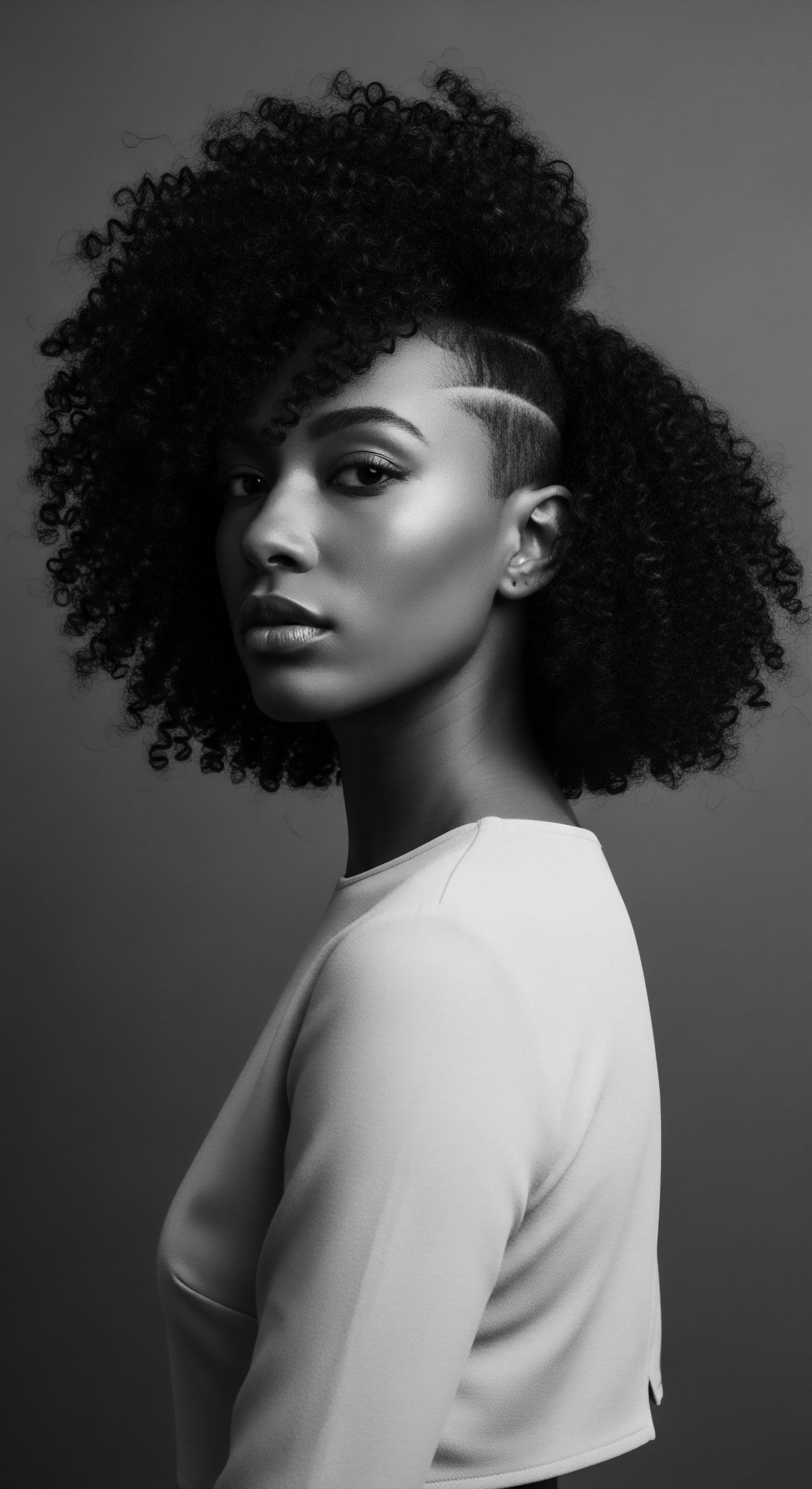
Ancestral Wisdom Validated by Modern Science
Centuries of empirical application of shea butter in hair care by African communities laid a foundation that modern science now increasingly validates. Shea butter’s rich composition, abundant in fatty acids such as oleic, stearic, and linoleic acids, provides the deep hydration and softening effects long observed in textured hair. Vitamins A, E, and F, also present in shea butter, offer antioxidant and anti-inflammatory properties, which can contribute to a healthy scalp environment conducive to hair growth and overall hair health.
For instance, studies show shea butter’s ability to penetrate the hair shaft, locking in moisture and preventing dryness and breakage, a particular benefit for curly and coarse hair textures. Its capacity to soothe scalp irritation and aid in cellular regeneration further explains its effectiveness in traditional remedies for scalp conditions. This scientific understanding affirms the efficacy of ancestral practices, demonstrating that the intuitive wisdom of past generations held potent truths.

A Global Commodity, Local Roots
Shea butter, once primarily a local commodity, has transcended its origins to become a highly sought-after ingredient in the global cosmetics industry. This widespread acceptance, however, carries a responsibility ❉ to recognize and honor its deep African roots and the women who have historically been, and remain, the custodians of its production. The process of shea butter extraction, largely unchanged for centuries, is predominantly a women’s enterprise in West Africa.
A compelling example of the economic and social impact lies in the shea value chain. The United Nations Development Programme estimates that shea value chains provide jobs for three million women annually across West Africa. This industry represents a significant avenue for economic empowerment, enabling women to generate income, support their families, and sometimes gain greater involvement in household and community decision-making.
The women of the Songtaabe-Yalgré Association in Burkina Faso, for example, have seen increased export success and are now able to train other women’s groups in shea butter production, creating a multiplier effect across the region. This economic power, often referred to as “women’s gold,” is a direct continuation of ancestral practices, now influencing global markets.
The consistent global demand for shea butter reflects both its effectiveness and the quiet power of ancestral African wisdom.

Maintaining Authenticity in a Changing World
As shea butter gains international prominence, discussions surrounding ethical sourcing and cultural appropriation become increasingly important. Many commercial products containing shea butter do not always use authentic, handmade African shea butter, potentially diluting the connection to its heritage. Preserving the traditional artisanal practices and respecting the cultural significance of this natural ingredient becomes paramount.
The focus must remain on ensuring that the benefits of this global demand truly flow back to the communities that have nurtured the shea tree and its production for millennia. Initiatives supporting women’s cooperatives in meeting international standards while retaining traditional methods exemplify this vital balance.
The enduring presence of shea butter in hair care, from ancient communal rituals to modern scientific formulations, serves as a powerful symbol of the resilience of textured hair heritage. It stands as a testament to the knowledge systems cultivated by African ancestors, providing deep, resonant answers to the care of hair and reflecting an unbroken chain of tradition.
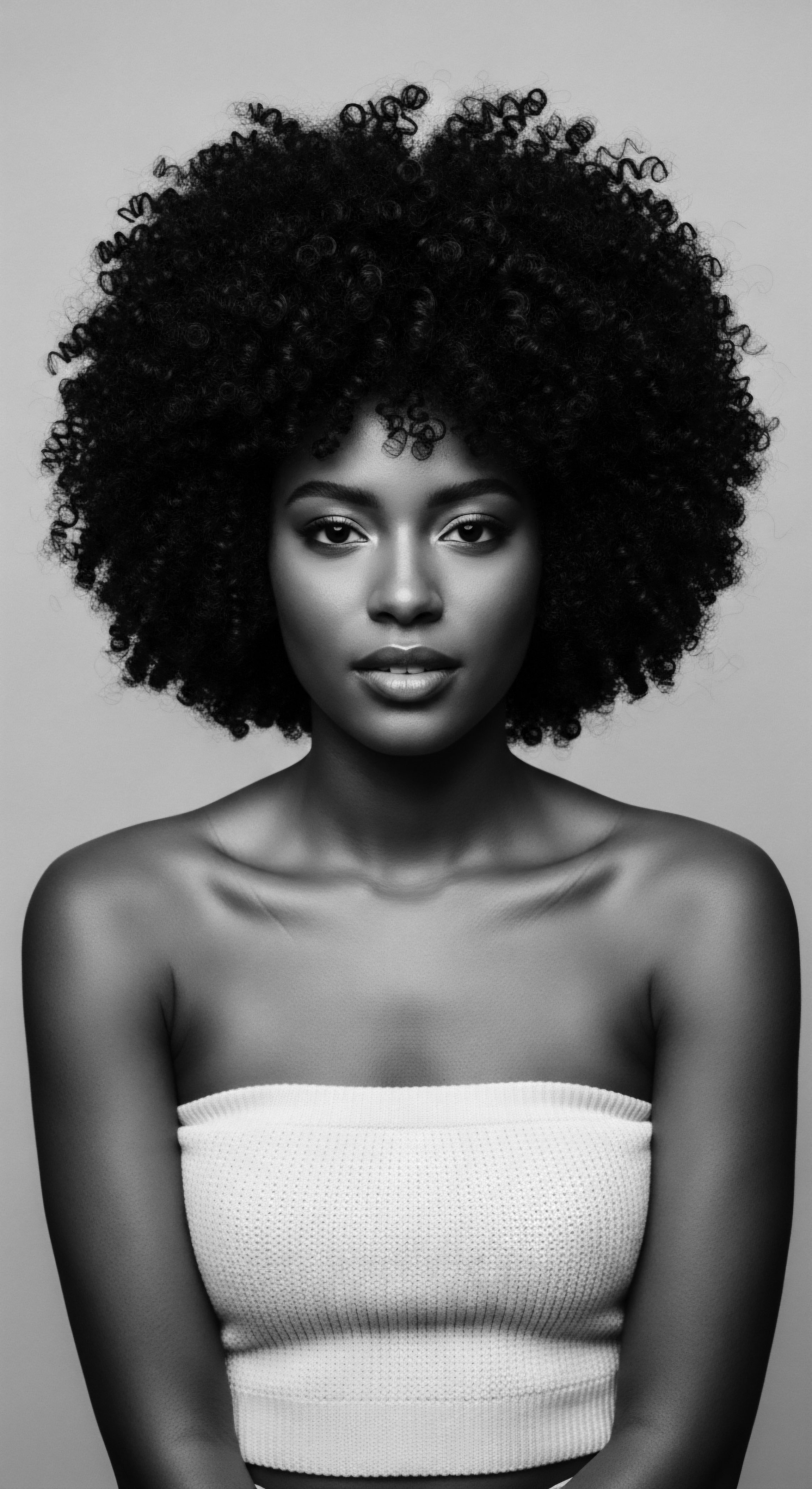
Reflection
As we consider the journey of shea butter within textured hair heritage, a profound narrative unfolds, whispering tales of earth, resilience, and generations of knowing hands. The story of shea butter in our hair is not a fleeting trend, but a living archive, a collection of ancestral truths that continue to speak to our strands. It reminds us that care for our hair is inextricably tied to self-care, community, and an enduring connection to the wisdom of those who came before us.
This golden balm, drawn from the heart of West Africa, carries within it the echoes of communal rituals, the strength of identity, and the quiet triumph of heritage preserved. Each application becomes a meditation, a reverent act that honors the deep past while affirming the vibrant present and the limitless future of textured hair.
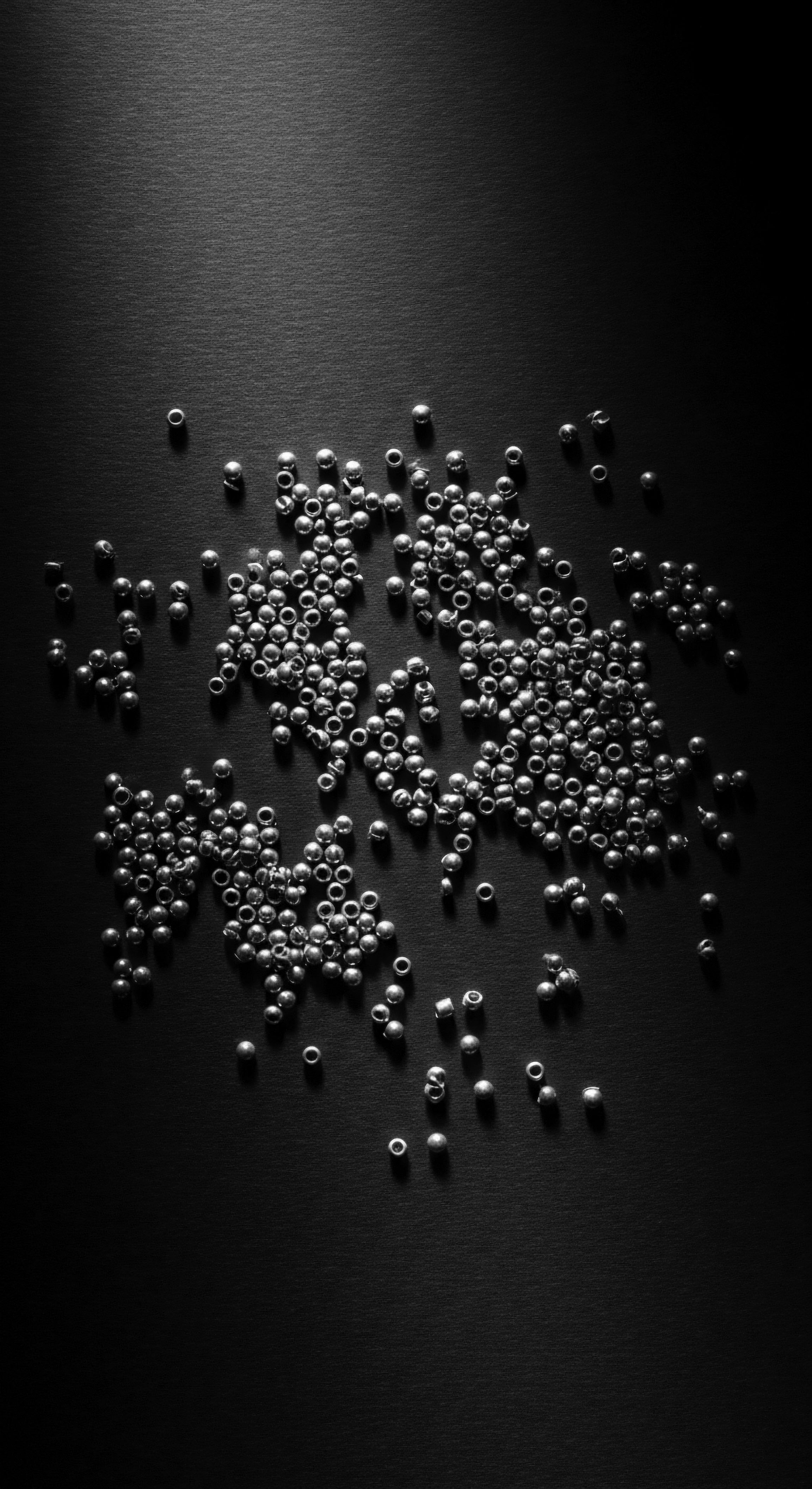
References
- Dapschauskas, S. et al. (2022). Ethnobotany and Traditional Plant Use in West Africa. Academic Press.
- Hall, J.B. D.P. Aebischer, H.F. Tomlison, E. Osei-Amaning. & J.R. Hindle. (1996). Vitellaria paradoxa ❉ A Monograph. School of Agricultural and Forest Sciences, Publication no. 8. University of Wales.
- Kabeer, N. (1999). The Power to Choose ❉ Bangladeshi Women and Labor Market Decisions in London and Dhaka. Verso.
- Lamien, N. et al. (1996). Non-Timber Forest Products of the Sahel. FAO.
- Maranz, S. & Wiesman, Z. (2003). Shea Butter ❉ A Global Resource. Springer.
- Mauran, A. et al. (2020). African Indigenous Knowledge Systems ❉ Hair, Beauty, and Identity. University of Lagos Press.
- McMullen, S. (2023). Cosmetic Traditions of Southern Africa. Edinburgh University Press.
- Schefer, L. (2020). Hair Culture in Central Africa ❉ Adornment and Symbolism. L&L Publishing.
- Sherrow, V. (2023). Encyclopedia of Hair ❉ A Cultural History. Greenwood Press.
- Sharaibi, O. J. et al. (2024). Cosmetic Ethnobotany Used by Tribal Women in Epe Communities of Lagos State, Nigeria. Journal of Complementary Medicine & Alternative Healthcare, 12(4).
- Tweneboah Kodua, R. et al. (2018). The Role of Shea in Rural Livelihoods in Northern Ghana. Ghana Universities Press.
- Yinug, W. & Fetzer, J. (2008). The Global Shea Market ❉ Trends and Opportunities. International Finance Corporation.
